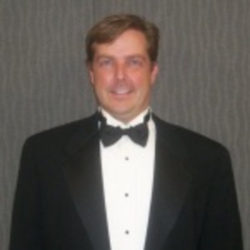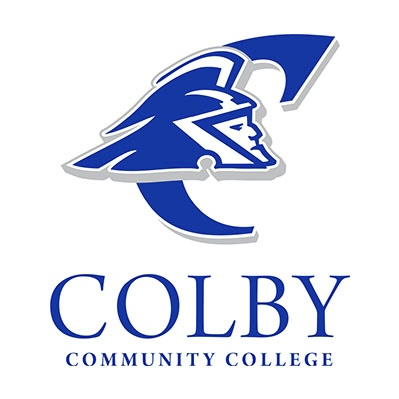
A hidden curriculum is an unavoidable issue for music educators that needs careful examination. Hidden Curriculum has been defined as “the unspoken or implicit values, behaviors, procedures, and norms that exist in the educational setting” (Alsubaie, 2015, pp. 125). Longstreet and Shane (1993) referred to hidden curriculum as “the kinds of learning students derive from the very nature and organizational design of the public school, as well as from the behaviors and attributes of teachers and administrators” (p. 46). Hidden curriculum has also been referenced as a side effect of teaching, having both positive and negative effects on student learning.
Seddon (1983) articulated that hidden curriculum involves the “learning of attitudes, norms, beliefs, values, and assumptions often expressed as rules, rituals, and regulations” (p.3). Hidden curriculum in music impacts students through a variety of ways such as the organizational design of the music program, rules and procedures, classroom environment, and teaching methodology. These elements become integrated into the classroom which are rarely questioned by students. Fortunately for music educators, we enjoy a great deal of autonomy. It provides us control over our teaching to accurately reflect what and how we want students to learn. This article attempts to mitigate negative effects of hidden curriculum by raising awareness to reveal hidden curriculum in the music classroom and empower educators to use hidden curriculum to create positive effects on learning.
The design of a music program can transmit unspoken messages and values to students. Students receive information from the structure and rules of the program. Careful examination of these factors can help identify potential misunderstandings that a teacher does not wish to express to students. For example, financial requirements for participation in music programs may send unarticulated messages about who should be involved and valued in music. What music is selected to perform and study may also send unintended messages beyond educational content. How students are to be rewarded or punished can articulate certain attitudes and values as well. Music educators can reveal hidden curriculum in the program design and ensure that it articulates positively on students.
A classroom environment can project values and messages intentionally or unintentionally to students. For example, if biased or prejudicial behaviors and statements are tolerated in the classroom, students may embrace and model those values. Other behaviors that can negatively impact students can include situations deriving from student rituals/traditions and bad student leadership. Through classroom rules and positive modeling, educators can work to prevent these types of behaviors in the classroom. Teachers can create a classroom environment where positive values such as work ethic, leadership, personal responsibility, empathy, team work, and other values are rewarded and honored.
Teaching methods may contain hidden curriculum as well. Students may receive unmentioned messages or develop misunderstandings of concepts. Conway (2017) provided examples of hidden curriculum in common ways music educators teach musical concepts such as time signatures, key signatures, and tonality. For example, placing meanings on tonality such as minor is “sad” and major is “happy” can create misunderstandings. The teaching of time signatures as a certain beat receives one beat can can become problematic when students investigate triple meter (such as 3/8, 6/8). Building awareness of these types of hidden curriculum and eliminating misunderstandings can strengthen student learning.
The presentation of a lesson also contains hidden curriculum. Just as students can receive negative unspoken messages and values from the way a teacher presented a lesson, they can receive positive ones. Teachers have the opportunity to model positive values such as humility, empathy, passion for teaching, leadership, and other qualities they hope to convey to students. I often video record myself teaching a class and invite feedback from students to uncover hidden curriculum and make changes to ensure that hidden curriculum reflects what I wish to communicate to my students.
The nature of hidden curriculum is complex because it reflects the design and actions of teaching. I encourage the use of teacher autonomy to examine the music program critically, how it functions, and bring to light examples of hidden curriculum. Once hidden curriculum is discovered, it becomes negotiable, allowing for change and improvement to the overall curriculum, teaching methods, and student learning. Hidden curricula teach students beyond the subject content of their courses. An educator can design hidden curriculum to teach positive characteristics such as dignity, humility, hard work, responsibility, and appreciation. Hidden curriculum has the potential to positively impact students and even change lives.
References
Alsubaie, M. A. (2015). Hidden curriculum as one of current issue of curriculum. Journal of
Education and practice, 6(33), 125-128.
Conway, C. (2017). Considering the hidden curriculum in music classrooms. [Blog post].
Retrieved from https://www.smartmusic.com/blog/hidden-curriculum-in-music-classrooms
Longstreet, W.S. and Shane, H.G. (1993). Curriculum for a new millennium. Boston: Allyn and
Bacon.
Seddon, T. (1983). The hidden curriculum: An overview. Curriculum Perspectives, 3(1), 1-6.














